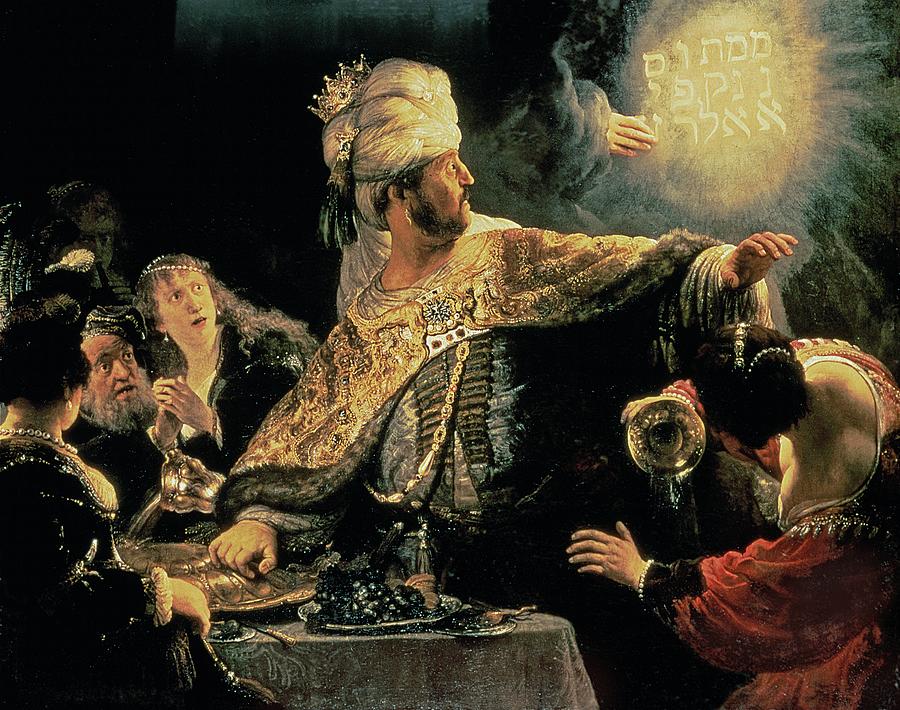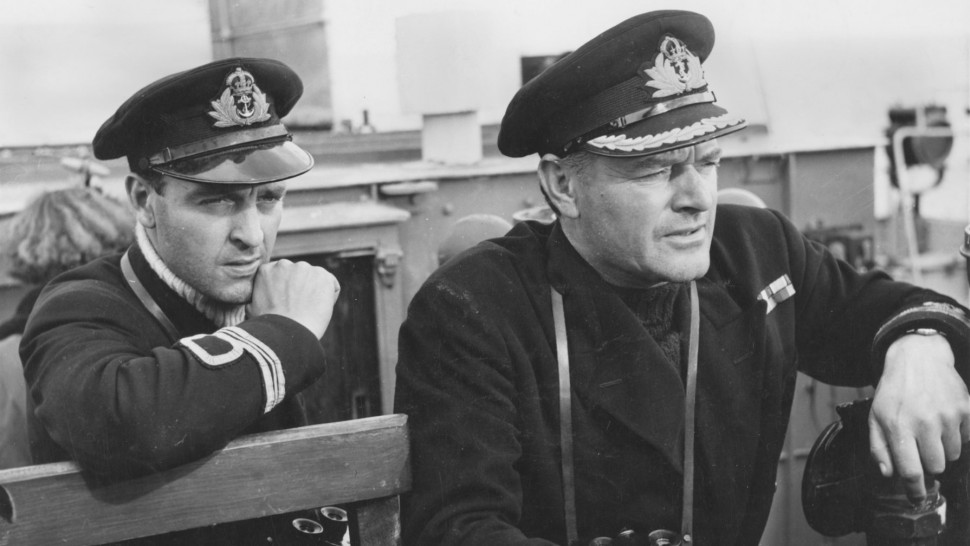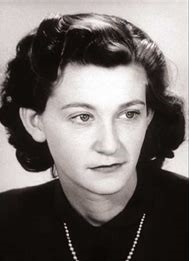
STUART MILLSON recalls an unjustly overlooked conductor
The early 1980s was a vintage time for British orchestral music. Gennady Rozhdestvensky was halfway into his term (1978-1982) as Chief Conductor of the BBC Symphony Orchestra, a position which brought great kudos to the ensemble – Rozhdestvensky recording and performing Tchaikovsky ballet music, and venturing into the pastoral realm of Vaughan Williams’s Fifth Symphony. Other home-grown artists, such as Sir Charles Groves, James Loughran and Norman Del Mar also exerted a great influence, especially at the annual Henry Wood Proms season – Groves being one of the first post-war conductors to record a large amount of recondite British music, from Delius to Grace Williams. But if a seasoned concertgoer of a certain age were to wander along the Arena or Gallery queue at a Promenade concert of the last few years, and ask any of the younger Prommers: ‘Does the name, John Pritchard, mean anything to you?’ – it is likely that your question would be met by a blank expression. Switch on your radio, turn the dial to Radio 3 (if it is not already permanently in that position!) and listen to the current complement of thirty-something presenters. Again, the name of Pritchard is absent from the CD choices and schedules.
Sir John Pritchard, who died in 1989 at the age of 68, was an orchestral and operatic conductor who secured some of the most prestigious positions available in his profession: opera houses in Brussels and Cologne, not to mention a golden age at Glyndebourne, and senior roles with the Royal Liverpool, London Philharmonic and BBC Symphony orchestras. Indeed, Sir John was, at different times, Chief Conductor of all three ensembles. He was also one of the most regular guest conductors at the Proms, appearing throughout the 1960s and 1970s, and then as the BBC’s principal maestro during the early and mid-1980s. His last concert in this country was the Last Night of the 1989 season – a triumphant farewell, made even more emotional by his serious illness, and the fact that he defied medical advice to appear at all.
Although much associated with the operas of Mozart and Strauss, and the broad classical repertoire (he often mentioned his ‘own interests in the great classics’), Pritchard conducted a vast number of concerts of British and English music – the well-known, the rare, and the contemporary. Walton’s Belshazzar’s Feast was a speciality, the work – with its dazzling choral writing and antiphonal brass bands – concluding his First Night of the 1984 season. And just for good measure, the evening began with A London Symphony by Vaughan Williams, and a somewhat becalmed Elgar Sea Pictures (Dame Janet Baker, soloist) in the centre. The previous year, a magnificent tribute was paid to Elgar and Walton, with the conductor and BBC Symphony Orchestra striding out in Walton’s Crown Imperial and Violin Concerto, and an epic Elgar Symphony No. 1 that greatly divided critics. For Meirion Bowen in The Guardian, it was the ‘best performance of a standard repertoire work I have heard from this conductor and orchestra.’ For Nicholas Kenyon in The Times, the evening was more hit-and-miss, the reading marred by ‘blaring, unrestrained brass’ – even though the end of the slow movement ‘worked its potent magic.’ And the 1983 season was opened by Pritchard in auspicious circumstances with a remarkable performance of the Grande Symphonie Funèbre et Triomphale by Berlioz, a piece requiring a multiplication of the usual sections of the orchestra – a panoply of brass, wind and percussion, the latter seeing the inclusion of the curious, whirling Pavillon Chinoise (or ‘jingling Johnny’). Pritchard’s operatic training enabled him to see the importance of spectacle, and honouring a score to the full.

Pritchard was often known as a master of sonorities, a reputation which can be understood by listening to an account of Elgar’s In The South, again with the BBC Symphony Orchestra, recorded on the BBC Radio Classics label, and given at the 1974 Proms. And it has to be said that the analogue sound of the period seems to capture the resonance and reverberation of the Royal Albert Hall much more than today’s supposedly superior digital relays – a surprisingly dry and boxy effect (at least, to my ears) from a place known for its grandeur and echo. The BBC S.O. of the 1970s also sounds somewhat different – a more striking, sharper brass sound than today, a weightier impact (dare I say!) from all departments of the orchestra.
The 1981 Proms saw Pritchard on the rostrum, not with an orchestral warhorse or piece of brash modernism, but with an overlooked romantic masterpiece – the 1907 Piano Concerto by Frederick Delius, with the soloist Sir Clifford Curzon. I was present at the concert, standing in about the third or fourth row of the Arena, overwhelmed by the directness of the work – for we tend to see Delius not as the writer of strong movements, but as an altogether more fluid, perhaps even meandering impressionist. How refreshing to enjoy a change from Grieg and Schumann (wonderful though they are) and to find, what Sir Henry Wood might have termed, a true novelty.
Yet atonal and contemporary music was given its place by Pritchard. During his tenure in Liverpool during the 1950s and 1960s, he launched a Musica Viva series, dedicated to the sort of experiments we have now come to expect from the Proms new-music commissioners. Some twenty years later, he continued to take up the baton for composers such as Birtwistle. I recall being much absorbed by the strangeness of The Triumph of Time given in a Radio 3 broadcast in about 1982. Although not a follower of the aforementioned composer, one must – surely – praise a conductor who (like Pritchard) is prepared to play any genre of music for a multitude of listeners and tastes, whether of the mainstream or the minority.
‘New music’ need not necessarily scare us: Britten’s Gloriana and Walton’s Second Symphony were both given their premieres by Sir John (or Mr. Pritchard as he was in those years). Reports, though, of Britten’s frustration with his conductor did not make for an easy first night or general working relationship. ‘JP’ was known as something of a bon viveur, and it was said that he became bored easily. He arrived late at Covent Garden for rehearsals, something alien to Britten – a stickler for single-minded artistic discipline. There is even a report of a Glyndebourne official being despatched to the Eastbourne seafront, with a loudhailer… ‘Is there a John Pritchard on the beach?’ Work beckoned!
Trips to the beach and restaurants aside, the conductor covered an astonishing range of native music: Holst’s The Hymn of Jesus, The Planets, Elgar’s Violin Concerto (an admirable recording exists of a 1986 rendition with Ida Haendel), a symphony by Ruth Gipps, Music for Strings by Bliss, and Parry’s Blest Pair of Sirens (programmed alongside the Enigma Variations and Mahler’s Das Lied von der Erde). He also recorded works by Alan Rawsthorne with the London Philharmonic, available on the Lyrita label, and – like Sir Adrian Boult – had no difficulties with enjoying the sheer pleasures of an Eric Coates march.
Much loved by Proms audiences who admired his Bruckner and Berlioz, and his sensitive reading of Vaughan Williams’s Job, and by radio listeners who would hear Bliss’s A Colour Symphony, or Janacek’s Sinfonietta, followed by Elgar’s Second Symphony, Pritchard gave remarkable and long service to the cause of artistic variety, and to that of English music. His last major recording (a commercial disc on the BBC Artium label) was of Scriabin’s Third Symphony, a voluptuous score from the very end of late-romanticism – shimmering, over-ripe orchestration and colour from a Russian master obsessed by mysticism and themes of ecstasy. Pritchard also conducted Shostakovich’s Eleventh Symphony (a work thickly layered with history and revolutionary meaning) at a Royal Festival Hall concert in 1985 – raising eyebrows, because he was hitherto unconnected to this most political of twentieth-century composers. The audience and critics alike were surprised and overwhelmed by the performance.
Pritchard’s biographer, Helen Conway, hinted at a restlessness, an unhappiness in the conductor’s life – although the book shows many pictures of the man at social gatherings, parties, exhibiting a love of (perhaps, excessive) good living. Like Benjamin Britten, Pritchard was outwardly socially conservative, always immaculately attired, elegant and formal, and although not a flamboyant maestro, nevertheless an authoritative figure on the concert podium. We must hope that the BBC still has the many tapes of his concerts and studio performances. Their loss would mean a significant gap in our appreciation of post-war British music.

STUART MILLSON is a member of the Chartered Institute of Journalists. After more than two decades living in a Kent village, he crossed the River Severn and the Black Mountains, and now writes from West Wales.






















